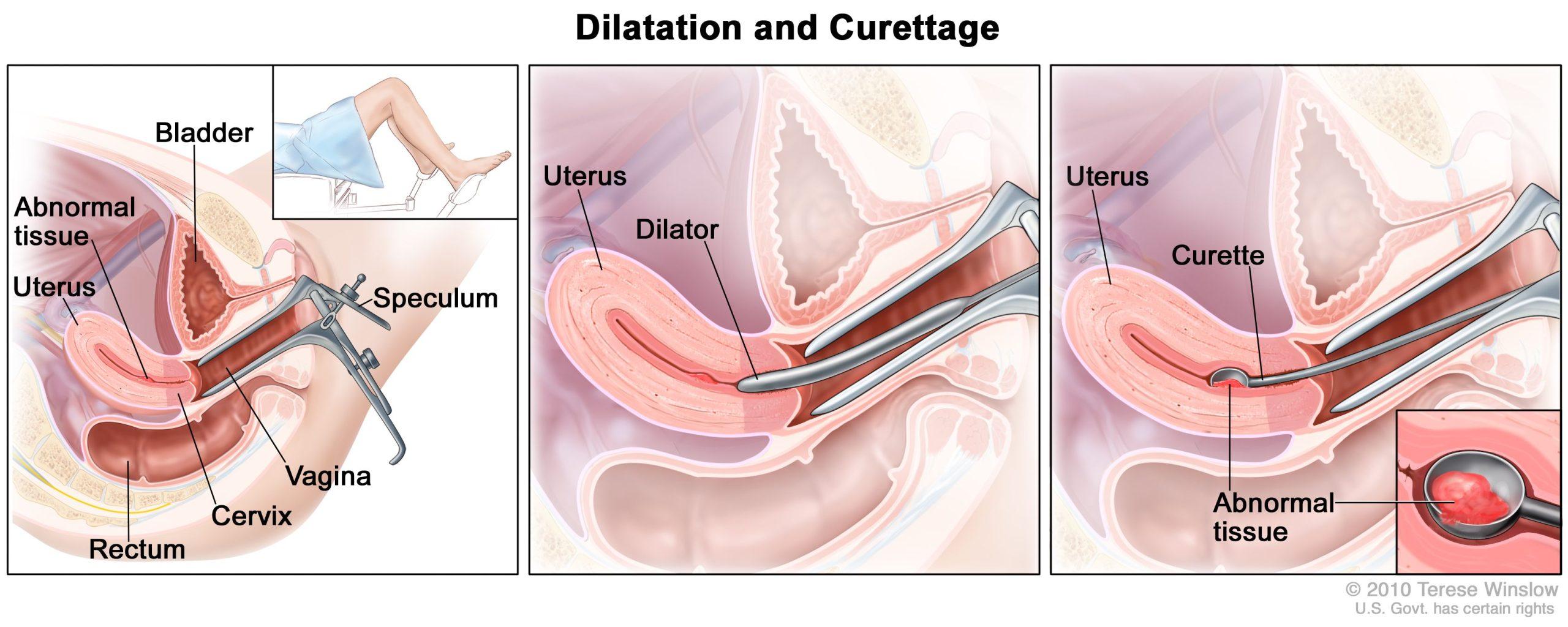Childbirth is the miracle that most of couples are wishing for. But there are times when unwanted pregnancy comes knocking the door. So what are the options available? Abortion?
The term “abortion” describes the termination of a pregnancy. Medical and surgical abortions are the two main types of abortion. Also, another abortion is spontaneous which is also called a miscarriage. Each year, there are about 73 million induced abortions performed worldwide.
Six out of ten (61%) of all unwanted pregnancies and three out of ten (29%) of all pregnancies result in induced abortion.
Some abortions take place as a procedure in a health care or hospital. Also, abortion can be completed at home by taking medications, commonly referred to as abortion pills. A choice of abortion may have depended on many factors, like women’s health and how far along a pregnancy is. It can also depend on where in the country you receive abortion care. Every abortion is a different experience.
Indian law for abortion rights.
Abortion has been legal in India since the Medical Termination of Pregnancy Act of 1971 under a variety of circumstances, including to save a woman’s life, protect her physical and mental health, in situations of economic and social necessity, and if contraception has failed between married couples.
Also, the act mandates abortion services to be provided by trained, certified doctors in registered facilities. A prescription is necessary for medicated abortions.
The government has announced new rules under the Medical Termination of Pregnancy Rules, 2021, increasing the maximum time for termination of a pregnancy for some categories of women from 20 to 24 weeks. These categories include women with physical disabilities, minors, and women whose marital status changes during an ongoing pregnancy (widowhood and divorce), and survivors of sexual assault, rape.
The new regulations also apply to women who are mentally ill, cases of fetal malformations that pose a significant risk of being incompatible with life or that, if the child is born, may result in severe physical or mental impairments, and women who are pregnant in humanitarian settings, disaster or emergencies as may be necessary.
When is it safe to abort pregnancy?
More than 90% of abortions worldwide were carried out before 13 weeks, and more than two-thirds of them took place before the first nine weeks of pregnancy.
Surgery-free abortion is possible by medical means between 9 and 13 weeks of pregnancy. The proportion of abortions performed in the second trimester, generally defined as between 13 and 26 weeks of gestation (as determined by the last menstrual period), has remained stable during the past two decades.
Non-surgical abortion using pills.
Medical abortions.
Medical abortion is a technique when pregnancy is terminated by using medication. Surgery or anesthesia is not necessary for a medical abortion. It’s done in a clinic or at home. During the first trimester of pregnancy, it is the safest and most efficient method.
Misoprostol and Mifepristone combination is the most typical type of medical abortion. Mifepristone thins the uterine lining by blocking the hormone progesterone, which prevents the embryo from remaining implanted and developing. A separate sort of medication called misoprostol causes the uterus to contract and expels the embryo through the vagina.
One study reported that a combination of mifepristone and misoprostol at 12 weeks or less of gestation completely terminates pregnancy 95–99% of the time. Very few participants experienced adverse effects.
Since 2003, the World Health Organization (WHO) has advised using mifepristone and misoprostol together to perform safe abortions. Since 2005, the WHO Essential Medicines List has also included this medication.
Some individuals might only use misoprostol alone, without mifepristone. According to research, with approximately 78% of those who use it successfully ending their pregnancies, this type of abortion is also effective. For women seeking an abortion in the first trimester, misoprostol alone is a better alternative as it is efficient and safe.
Another medication Methotrexate is rarely used. Vaginal bleeding and cramps are side effects of the medications used in medical abortion. Additionally, they may result in headaches, diarrhoea, fever, chills, chills, and nausea.
Surgical abortions.
Uterine aspiration (by using a manual or electronic vacuum) and Dilation and Curettage (D&C) are two surgical abortion techniques.
Uterine aspiration: The most extensively used and recommended technique of surgically inducing abortion in the first trimester is uterine aspiration because it is safe and less painful than the more traditional procedure of dilatation and sharp curettage.

Manual vacuum aspiration (MVA) and electric vacuum aspiration are the two aspiration methods (EVA). In both cases, a rigid or flexible plastic cannula that is placed through the cervix and connected to a vacuum source is used to remove the uterus.
Dilation and curettage (D&C): The cervix widened to allow the insertion of forceps or a curette with the proper diameter to extract the uterus’ contents. Larger portions of the contents may occasionally need to be removed using forceps that can grasp a sponge. In most developed countries, dilation and evacuation (D&E) is the recommended procedure for second-trimester abortion.

Safe abortion methods.
According to the study, compared to surgical abortion, the medical method studied is safer, more effective, easier to use, and may even afford more privacy.
As surgical abortion has some risks and the most usual are cervical laceration, uterine perforation, infection and anesthesia accidents, and hemorrhage. There may also be late-onset reproductive complications, like secondary infertility, a rise in the likelihood of spontaneous abortions, and an increase in the rate of low-birth-weight babies.
Abortion related mortality rates increased with gestational age. The mortality rate increased from 0.3 to 6.7 deaths for procedures carried out at up to 8 weeks and 18 weeks or more, respectively, as gestational age increased. Hemorrhage and infection were the “most frequent causes of death after a second-trimester abortion.”
Depending on the health condition and timing of the abortion, the doctor or gynecologist will be the best person to decide which method of abortion is safe.






















